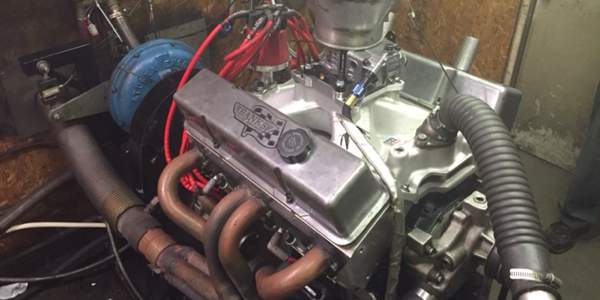How Old is the Car Engine?
Origins of the Car Engine
The origins of the car engine can be traced back to the early days of the
industrial revolution. In 1806, a French engineer named François Isaac de
Rivaz developed a hydrogen-powered internal combustion engine. This engine
was used to power a boat, and it is considered to be the first internal
combustion engine to be used for transportation.
In 1824, Samuel Brown, an English inventor, developed a gas-powered internal
combustion engine. This engine was used to power a carriage, and it is
considered to be the first car powered by an internal combustion engine.
In 1860, Jean Joseph Étienne Lenoir, a Belgian inventor, developed a more
practical gas-powered internal combustion engine. This engine was used to power
a number of cars, and it is considered to be the first commercially
successful car engine.
The Development of the Car Engine
The car engine has undergone a number of significant developments since its
invention in the early 19th century. These developments have included:
- The development of the four-stroke cycle engine in 1862 by Alphonse
Beau de Rochas. - The development of the gasoline-powered internal combustion engine in
1876 by Nikolaus Otto. - The development of the diesel engine in 1892 by Rudolf Diesel.
- The development of the turbocharger in 1905 by Alfred Büchi.
The Modern Car Engine
The modern car engine is a complex and efficient machine. It is typically a
four-stroke cycle engine that uses gasoline, diesel, or alternative fuels to
generate power. The engine is composed of a number of components, including:
- The block
- The head
- The pistons
- The crankshaft
- The camshaft
- The valves
- The fuel injection system
- The ignition system
- The exhaust system
These components work together to convert the fuel into power. The fuel is
mixed with air and ignited in the cylinders. The resulting combustion gases
expand, driving the pistons down. The crankshaft converts the reciprocating
motion of the pistons into rotary motion. The camshaft controls the opening
and closing of the valves. The fuel injection system delivers the fuel to the
cylinders. The ignition system provides the spark that ignites the fuel. The
exhaust system removes the combustion gases from the cylinders.
The modern car engine is a marvel of engineering. It is a complex and
efficient machine that has played a major role in the development of the
automobile.
The Future of the Car Engine
The future of the car engine is uncertain. There are a number of new
technologies that could potentially replace the internal combustion engine,
including:
- Electric motors
- Hydrogen fuel cells
- Solar panels
It is too early to say which of these technologies will replace the
internal combustion engine. However, it is clear that the car engine is not
going to be around forever.





